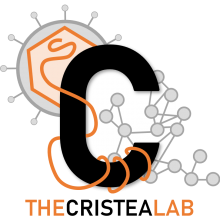Cell-cycle-dependent phosphorylation of the nuclear pore Nup107-160 subcomplex
Type
The nuclear pore complex (NPC) mediates macromolecular transport between the nucleus and the cytoplasm. Many NPC proteins (nucleoporins, Nups) are modified by phosphorylation. It is believed that phosphorylation regulates the breakdown of the nuclear envelope at mitosis and the disassembly of the NPC into different subcomplexes. In this study, we examined the cell-cycle-dependent phosphorylation of the Nup107-160 subcomplex, a core building block of the NPC. Using in vivo (32)P labeling in HeLa cells, we found that Nup107, Nup96, and Nup133 are phosphorylated during mitosis. To precisely map the phosphorylation sites within the complex, we used a comprehensive multiple-stage MS approach (MS, MS(2), and MS(3)), establishing that Nup160, Nup133, Nup96, and Nup107 are all targets of phosphorylation. We determined that the phosphorylation sites are clustered mainly at the N-terminal regions of these proteins, which are predicted to be natively disordered. In addition, we determined the cell-cycle dependence of the phosphorylation of these sites by using stable isotope labeling and MS(2) analysis. Measurement of the site-specific phosphorylation ratios between mitotic and G(1) cells led us to conclude that several phosphorylation events of the subcomplex are mainly mitotic. Based on these results and our finding that the entire Nup107-160 subcomplex is stable throughout the cell cycle, we propose that phosphorylation does not affect interactions within the Nup107-160 subcomplex, but regulates the association of the subcomplex with the NPC and other proteins.

